Find out how dissect flowers and learn about its structure with this simple hands-on dissection activity and other exciting experiments with plants for children. Dissecting a flower is a great way to visually show the different parts of a flower, which can be difficult to represent in a diagram in a book.
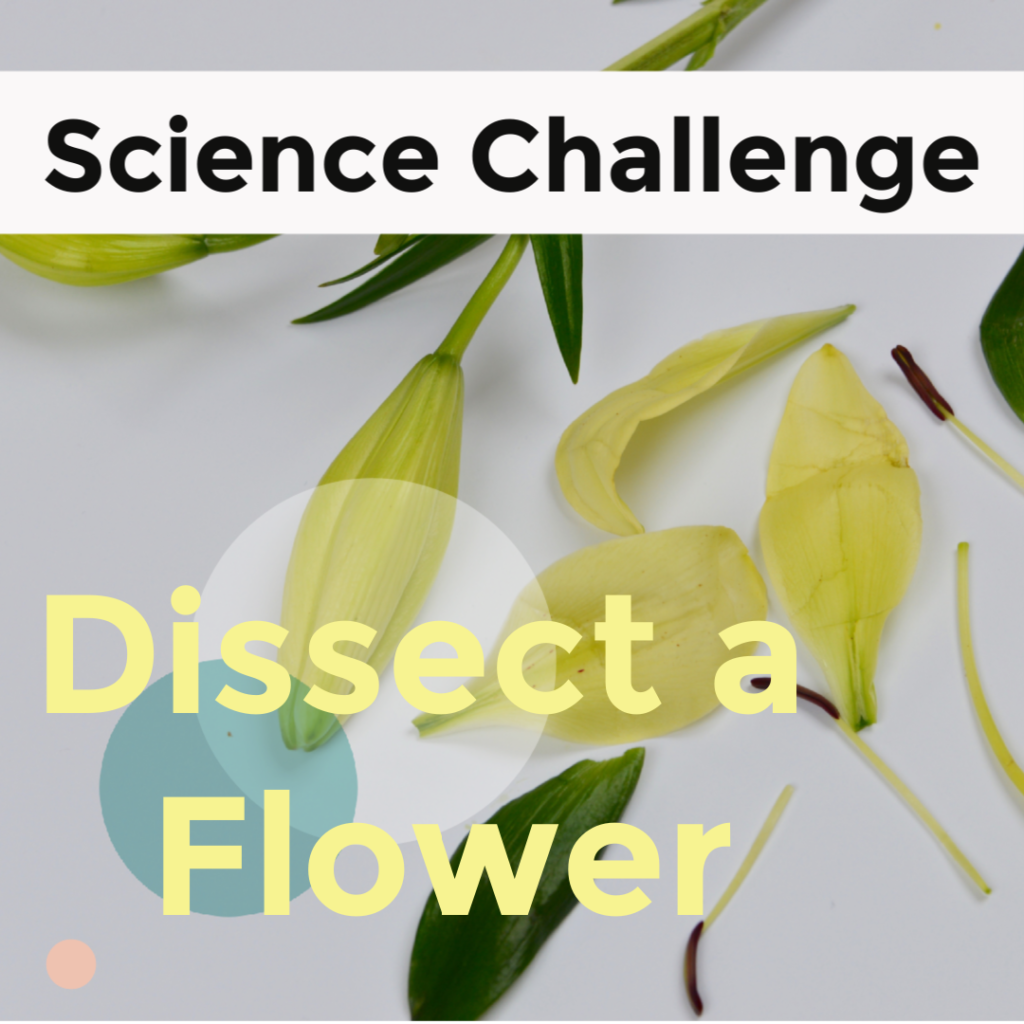
What you need to dissect a flower.
Any flower with large parts works well, for example:
Paper plates or cardboard sheets.
Magnifying glass – optional
Tweezers
Scissors
How to dissect a flower
Place a flower on a paper plate, tray, or sheet of cardboard. Try to identify the different parts.
Label the areas of the different parts of a flower on the piece of cardboard or paper plate and match the dissected pieces with the correct label.
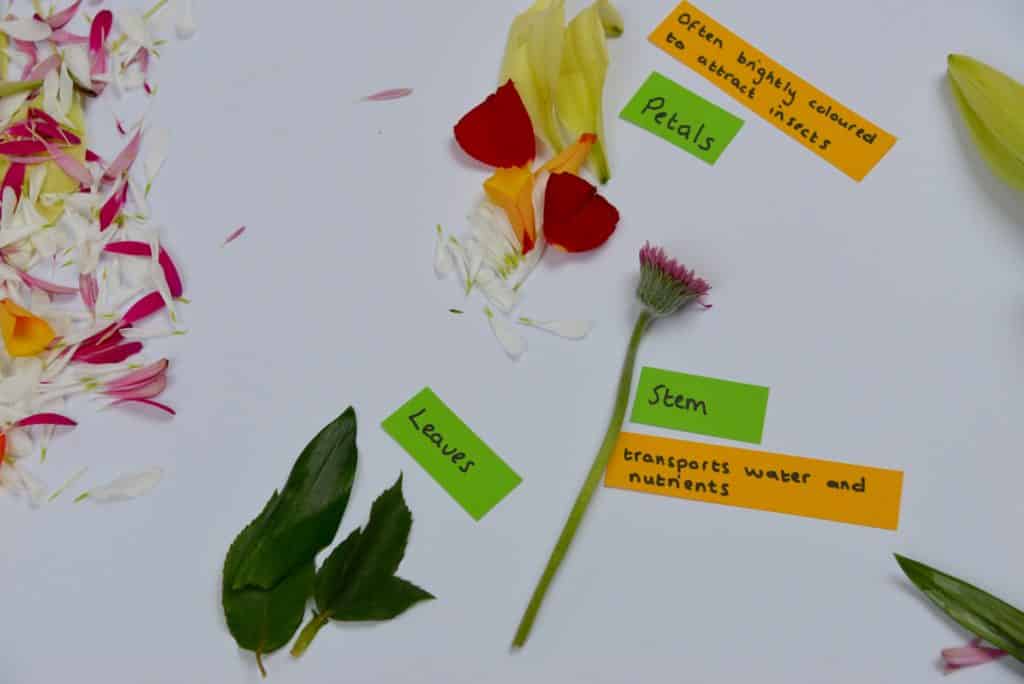
Try to find the following flower parts:
Root – transports water and nutrients from the soil to the plant and keeps it anchored in the soil.
Petal – often brightly colored to attract insects.
Sheet – applications energy from sunlight for photosynthesiscreating oxygen and sugars for the plant to use as energy.
Pollen It is a fine powdery substance that contains male reproductive cells. It is produced by the anthers of seed plants.
Stem – the stem of a plant transports water and nutrients from the soil to the rest of the plant. The stem supports the leaves and flowers, allowing them to rise above the ground to be in the light.
Flower Dissection Challenge
Try to find a stigma, anther, an ovule and an ovary. A lily is a good flower to identify these parts.
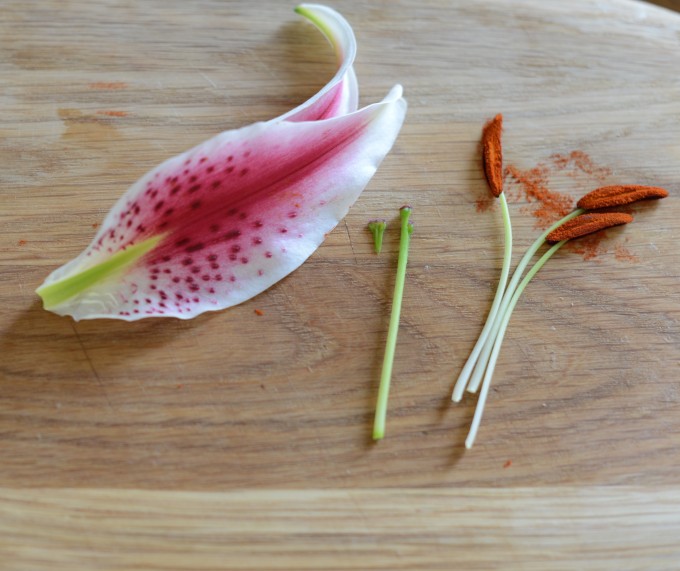
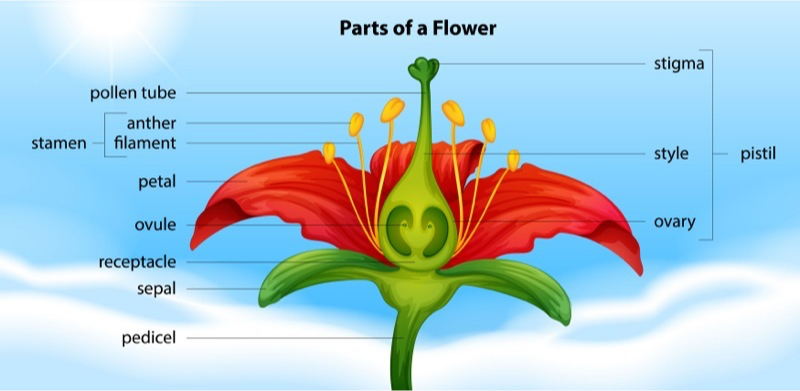
What is pollination?
Pollination occurs when pollen from the anthers (male part) of a plant lands on the stigma (female part) of a plant of the same type. The stigma is sticky so that pollen can easily adhere to it.
Pollen can be carried by wind or insects. Once it has landed on the stigma of a plant, it travels down a tube where it fertilizes ovules, which then become seeds.
What is fertilization?
Fertilization occurs when male pollen cells connect with female egg cells.
What is germination?
Germination is when a seed begins to sprout and grow. One way to demonstrate this is to grow a bean in a jar discover the conditions necessary for a seed to germinate.
What are the best flowers to dissect?
Anything that has large pieces works well. Lilies are great, but watch out for pollen stains. Tulips, daffodils and lily flowers also work well.
More plant science experiments
Discover Why do leaves change color in autumn?.
Build a lego plant growth model.
Learn about perspiration using white flowers and food coloring. The color of the petals will change as the food coloring travels up the stem and onto the petals.
Attempt grow new plants from tissue cuttings.
Try growing a multicolored cress caterpillar. Can you guess how we made the different colored leaves?
Create a 3d model of a flower showing the different parts.
Learn about transport in plants with a capillary action scientific activity.
You can think of something else experiments with plants for us?
Suitable for stage 1 key sciences
Floors
Identify and describe the basic structure of a variety of common flowering plants, including trees.
Observe and describe how seeds and bulbs grow into mature plants.
Discover and describe how plants need water, light, and proper temperature to grow and stay healthy.
Stage 2 Key Science
Identify and describe the functions of different parts of flowering plants.
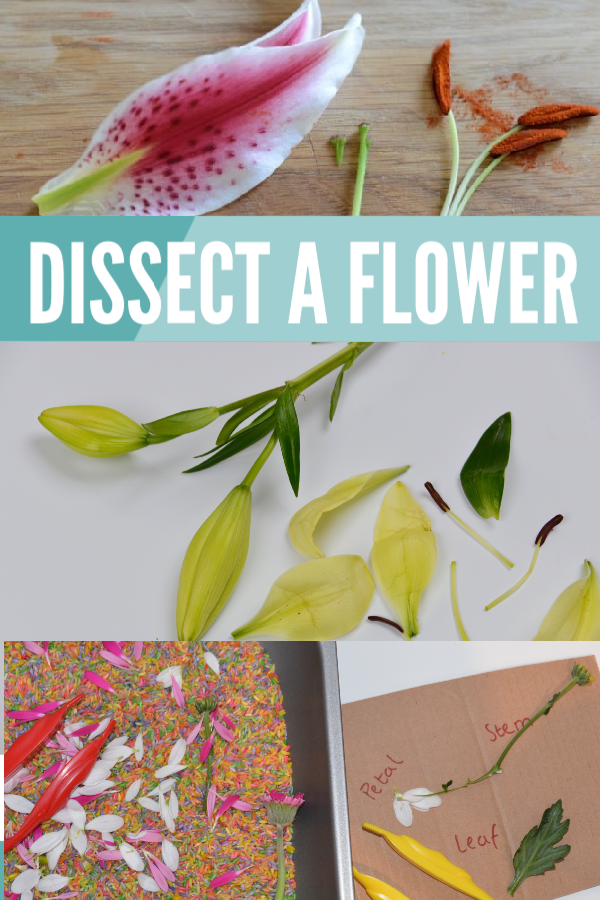
Last updated on May 1, 2024 by Emma Vanstone







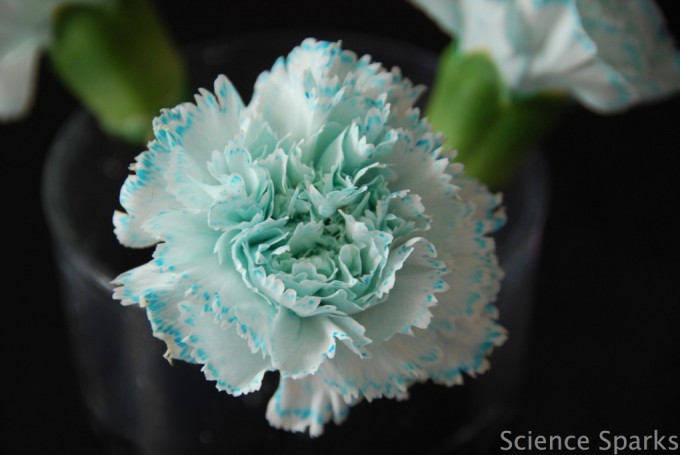
Leave feedback about this